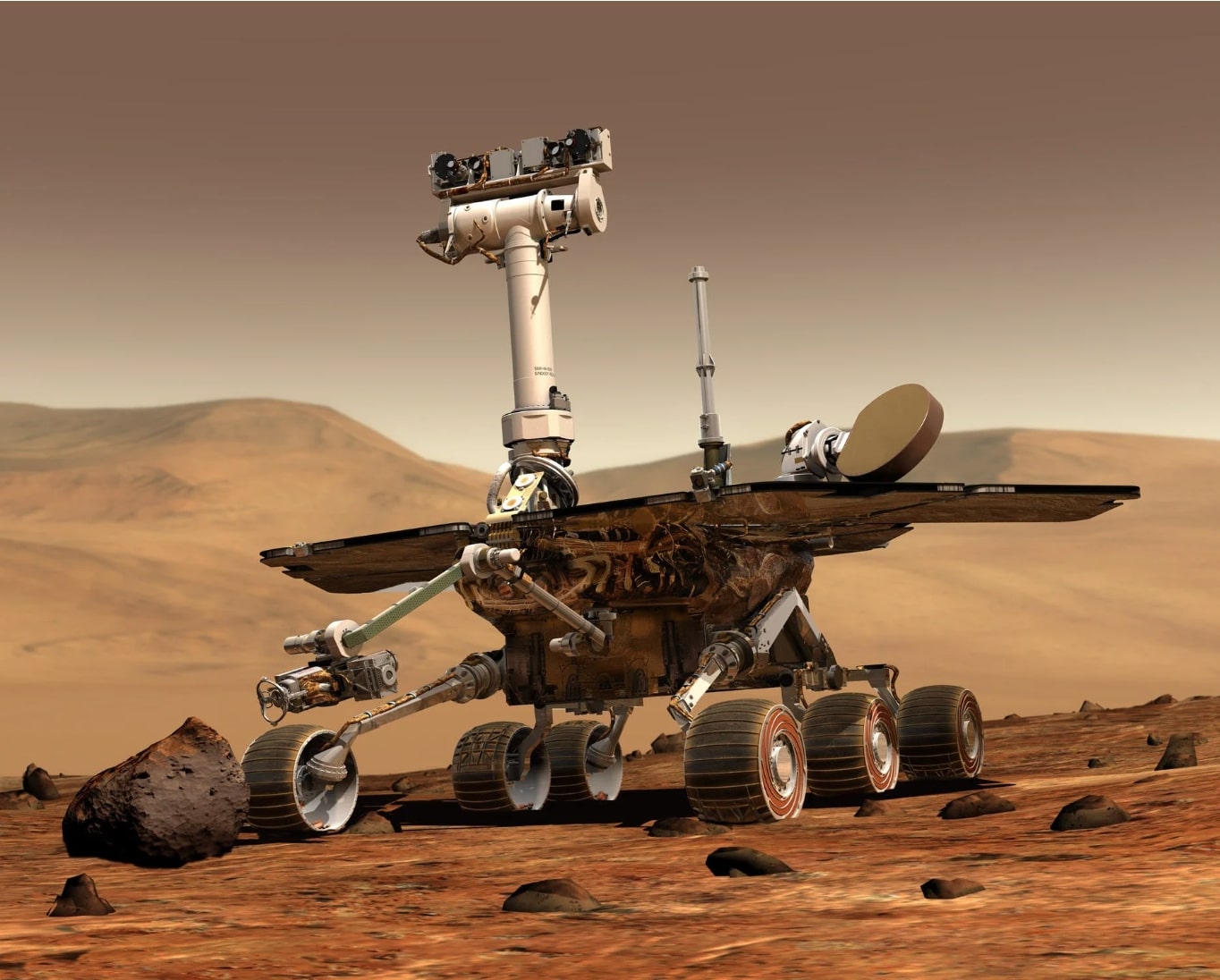From researchers who study space to those developing new space technology, there has been no shortage of people dedicating their careers to exploring space. At NASA, researchers are encouraged to let their work in space lead them to discoveries.
The NASA Innovative Advanced Concepts (NIAC) program is among many programs that foster space exploration. Funded by the Space Technology Mission Directorate, the NIAC aims to help cultivate innovators and entrepreneurs to develop ingenious ideas that can transform future NASA missions through improvements to aerospace concepts or new ones.
To do that, the NIAC awards funding to several researchers in the U.S. whose projects are focused on supporting the future of space and aeronautics missions.
Each proposal submitted to NIAC goes through a vigorous peer-review process. NASA looks to select proposals focused on innovation and technical viability. These projects are not considered official NASA missions, given that they are in the early stages of development.
This year, $5.1 million was awarded evenly among 17 researchers from nine states.
These selections include 12 new projects in the Phase I study and five researchers in the Phase II study awarded funding to continue working on their initial innovative concepts. Fellows in Phase I will receive $175,000 for a nine-month study, and fellows in Phase II will receive $600,000 for their studies over two years.
New Phase I projects include an idea for a silent electric airplane, a concept for a spacecraft made to harness the Sun’s heat and propel it out of the solar system at unheard-of speeds, and an inventive design for a crewed spacecraft that could provide better protection from solar radiation on journeys than conventional crew modules do.
Phase II projects include a new way of utilizing nuclear power for spacecraft, an idea for a swarm of 3D-printed swimming micro-robots capable of exploring celestial bodies like Enceladus, Europa, and Titan, and a design of small climbing robots that could explore subsurface caves on Mars.
The NIAC supports researchers by going through various progressive phases of the study. Recipients for Phase I studies can submit proposals to further their concepts through Phase II studies.
Below are the researchers selected to receive grants from NIAC this year for both Phase I and Phase II studies and their proposals:
Phase I
- Darmindra Arumugam, NASA’s Jet Propulsion Laboratory in Southern California: Cryospheric Rydberg Radar
- Steven Barrett, Massachusetts Institute of Technology in Cambridge: Silent, Solid-State Propulsion for Advanced Air Mobility Vehicles
- Jason Benkoski, Johns Hopkins University in Baltimore: Combined Heat Shield and Solar Thermal Propulsion System for an Oberth Maneuver
- Elena D’Onghia, University of Wisconsin–Madison: CREW HaT: Cosmic Radiation Extended Warding using the Halbach Torus
- Bonnie Dunbar, Texas A&M University in College Station: The Spacesuit Digital Thread: 4.0 Manufacture of Custom High Performance Spacesuits for the Exploration of Mars
- Ivan Ermanoski, Arizona State University in Tempe: Breathing Mars Air: Stationary and Portable O2 Generation
- Philip Lubin, University of California, Santa Barbara: Pi – Terminal Defense for Humanity
- John Mather, NASA Goddard: Hybrid Observatory for Earth-like Exoplanets (HOEE)
- Marcin Pilinski, University of Colorado, Boulder: In-situ Neutral-Optics Velocity Analyzer for Thermospheric Exploration (INNOVATE)
- Jonathan Sauder, NASA’s Jet Propulsion Laboratory in Southern California: Starburst: A Revolutionary Under-Constrained Adaptable Deployable Structure Architecture
- Sara Seager, Massachusetts Institute of Technology in Cambridge: Venus Atmosphere and Cloud Particle Sample Return for Astrobiology
- Mahmooda Sultana, NASA Goddard: SCOPE: ScienceCraft for Outer Planet Exploration
Phase 2
- E. Joseph Nemanick, The Aerospace Corporation in El Segundo, California: Atomic Planar Power for Lightweight Exploration (APPLE)
- Marco Pavone, Stanford University in California: ReachBot: Small Robot for Large Mobile Manipulation Tasks in Martian Cave Environments
- Javid Bayandor, State University of New York at Buffalo: BREEZE: Bioinspired Ray for Extreme Environments and Zonal Exploration
- Zac Manchester, Carnegie Mellon University in Pittsburgh, Pennsylvania: Kilometer-Scale Space Structures from a Single Launch
- Ethan Schaler, NASA JPL: SWIM: Sensing with Independent Micro-swimmers
Conclusion
NIAC researchers come up with innovative ideas that build on NASA research, while also having the benefit of a greater freedom to explore new ideas – often “out of the box” – than might otherwise be possible inside a large organization. These ideas then feed back into NASA with fresh insights as to what is possible.






